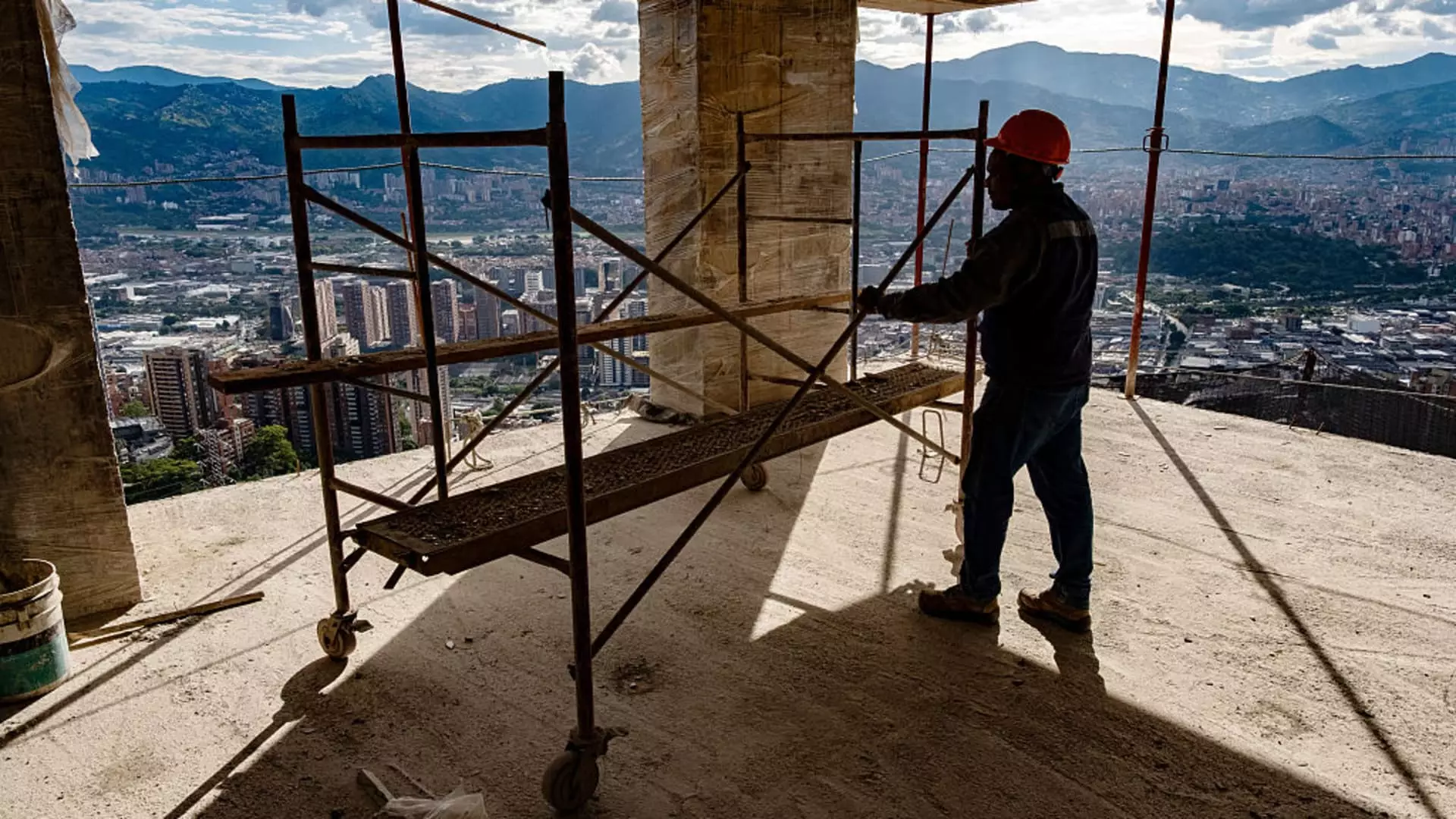The construction industry remains one of the most stubbornly resistant sectors to technological progress. Despite the massive scale and economic importance of building infrastructure—homes, commercial spaces, and public facilities—the industry continues to operate with antiquated methods that hinder efficiency, inflate costs, and jeopardize safety. This persistence of outdated practices is a glaring example of institutional inertia that has long impeded progress, and it is increasingly unsustainable in a world that demands smarter, greener, and more adaptive development. Marked by minimal investment in digital tools—less than 1% of revenues—construction companies are notably behind other industries like automotive and aerospace, which dedicate far greater resources to innovation. This gap underscores a systemic issue: the failure to modernize is not merely about technology adoption but about recognizing the severity of the problem and the urgent need for reform.
The consequences of this stagnation are stark. Miscommunications, errors in documentation, costly delays, and environmental waste all stem from the failure to leverage technology effectively. Every week, countless acres of resources are wasted due to inefficiencies rooted in disconnected, manual processes. At its core, the construction industry’s reluctance to digitize is a question of priorities—a misalignment that values short-term cost-savings over long-term gains, safety, and sustainability.
Human Stories as a Reflection of Industry Failings
Sarah Buchner’s journey from a construction worker to a tech innovator highlights the profound human cost hidden within this sector’s systemic flaws. Her early career was marred by a tragic fatality, a stark reminder that safety in construction remains a fragile, often overlooked achievement. Buchner’s decision to pivot from hands-on construction to developing software solutions reflects a vital shift that the industry desperately needs—a recognition that technology can save lives, reduce errors, and improve working conditions.
Her creation of Trunk Tools epitomizes the potential for technological innovation to address the industry’s structural weaknesses. This platform, built on cutting-edge AI, aims to automate tedious tasks, clarify often-conflicting documentation, and preempt project risks before they materialize. What’s remarkable about Buchner’s approach is her focus on restructuring the vast volumes of unstructured data—millions of pages of blueprints, schedules, and specifications—that flood construction sites every day. The scale of this problem becomes even more apparent when considering a typical high-rise project in New York City, with initial documentation totaling around 3.5 million pages.
The impact of such disorganized, inconsistent data is not solely financial; it exacerbates environmental waste by prompting unnecessary rework and inefficient resource use. Miscommunications and errors in directives lead to delays and excessive carbon footprints—an often-overlooked dimension of construction inefficiency. Buchner’s platform does not merely streamline workflows; it offers a chance to fundamentally rethink how construction operates in an age where sustainability and efficiency are paramount.
The Promise and Limitations of Technological Integration
The partnership between Trunk Tools and Microsoft signals a significant step toward mainstreaming construction innovation, yet it also reveals a broader challenge: integrating complex AI solutions into a traditionally conservative industry. The investment of $70 million into Trunk Tools is a testament to the growing recognition that better tools can elevate construction to new standards of safety, efficiency, and environmental responsibility.
However, even with this investment, technological adoption in construction faces cultural and systemic barriers. Many companies remain hesitant, often citing concerns over costs, training, and disruption. Furthermore, the industry’s fragmented nature—ranging from small family-run firms to multinational corporations—complicates efforts to implement standardized digital solutions.
Nevertheless, the trajectory is promising. If the construction industry continues to embrace innovation, it could serve as a blueprint for other sectors lagging behind in modernization. But it is crucial to recognize that technology alone will not be a panacea. True progress requires a fundamental shift in industry mindset—prioritizing safety, sustainability, and worker empowerment alongside the profit motive.
Challenging the Status Quo: Why Industry Reform is Essential
The slow pace of construction modernization is symptomatic of a broader societal reluctance to challenge entrenched interests and established norms. Yet, this resistance is increasingly untenable. As urban populations swell, climate change accelerates, and the demand for affordable housing and infrastructure grows, the industry must confront its outdated paradigms.
Liberal-centered advocacy should push for policies that incentivize technological adoption, fund research, and promote safety standards—aligning economic interests with social and environmental imperatives. It is not enough to rely on innovators like Buchner to drive change; systemic reforms, including regulatory support and public-private partnerships, are vital.
The construction industry stands at a crossroads—either it continues down its path of inefficiency and environmental harm or it seizes the opportunity to transform itself through technology. The stakes are high, and the time for incremental change has long passed. Modernization is not just an aspirational goal; it is a moral imperative that will determine the future of sustainable, inclusive urban development.


Leave a Reply